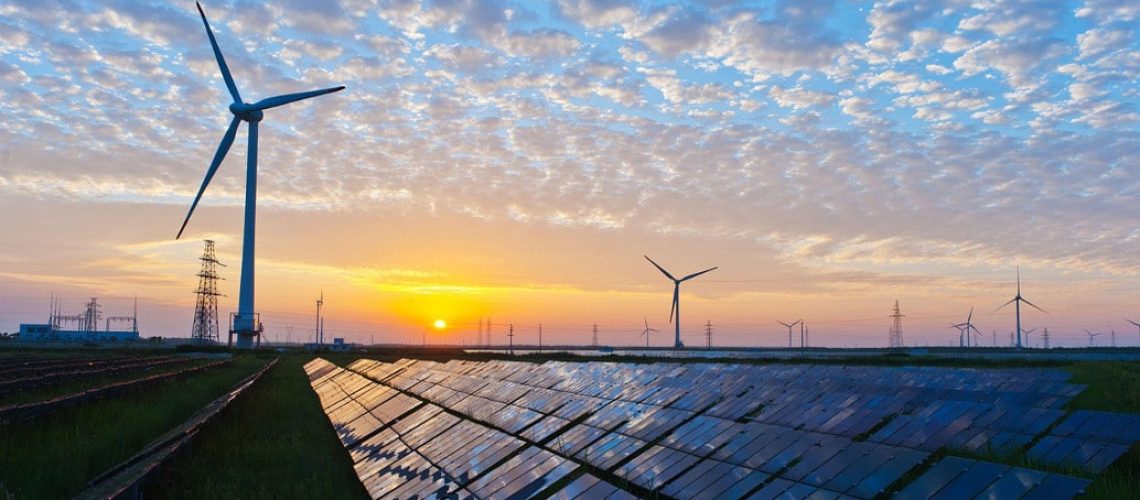Solar is eligible for a production tax credit for the first time since 2006 under the Inflation Reduction Act.
The solar industry celebrated when the Investment Tax Credit (ITC) was extended at 30% for the next decade. Its lesser-known counterpart, the Production Tax Credit (PTC) was also implemented with the passage of the Inflation Reduction Act (IRA) of 2022.
The PTC involves paying owner-operators of generating assets for producing and delivering electricity to the grid. For the first time since 2006, solar facilities qualify for the PTC. There are a few wrinkles to how the PTC works, and developers may be eager to get started constructing projects quickly, as there is an advantage to early movers.
The renewable energy PTC is available until the end of 2024, after which the PTC will transition to a technology-neutral credit. Energy from solar, wind, geothermal, biomass and hydropower and other eligible projects will be paid a base credit of 0.3 cents per kWh, with a fivefold higher credit of 1.5 cents per kWh paid to projects that are built with workers paid a prevailing wage that have undergone apprenticeship requirements.
However, that credit is currently significantly higher at 2.6 cents per kWh if construction of the project commences before the “Act Beginning Construction Deadline” which will occur 60 days after the IRS releases guidance regarding the prevailing wage and apprenticeship requirements.
A 10% adder is applied to the PTC for projects that reach domestic content requirements. To qualify, 100% of any steel or iron that is a component of the facility must be produced in the United States, and 40% of all components of the facility must be produced in the United States. Products will be deemed to have been produced domestically if not less than 40% of the total costs across all such manufactured products of such facility are attributable to manufactured products that are mined, produced or manufactured in the U.S.
Another 10% adder is available to projects constructed in “energy communities.” To qualify the facility must be installed on a brownfield site, or in a community that has, or had any time during the period beginning in 2010, 0.17% or more direct employment or 25% or more local tax revenues, in either case related to the extraction, processing, transport, or storage of coal, oil or natural gas. The community must also have an unemployment rate above the national average for the previous year.
A third qualifying site for the 10% “energy community” adder is a census tract in which a coal mine has closed after 1999 or a coal-fired electric generating unit was retired after 2009. Adjacent census tracts would also qualify.
The PTC will be available via direct pay, meaning a cash payment can be made, and tax appetite is not needed to enjoy the benefits of the credit. The credits are also transferrable to other entities.




